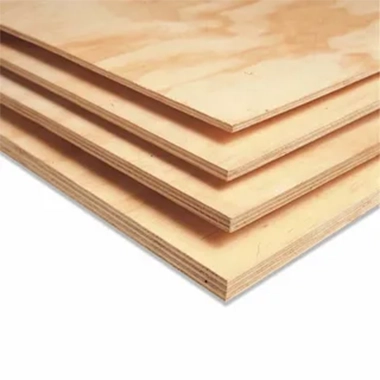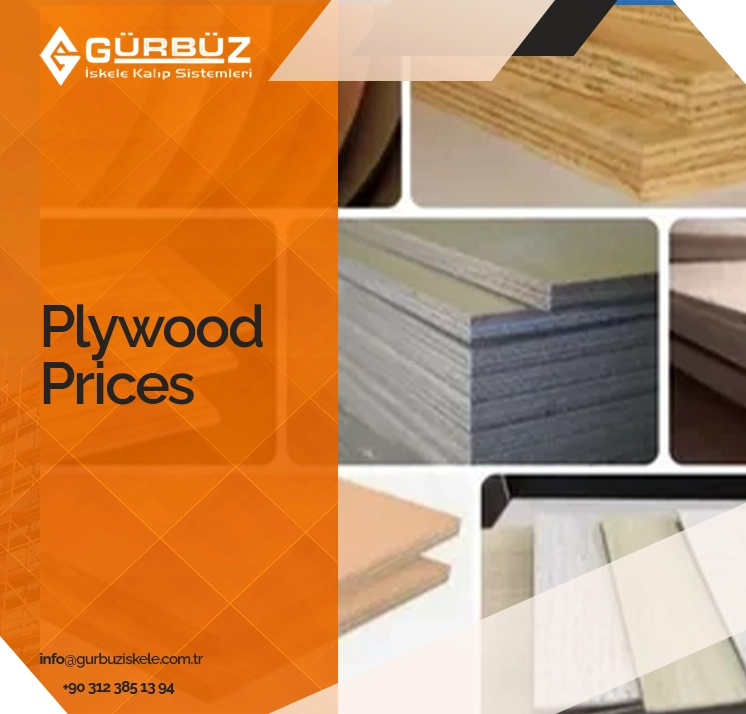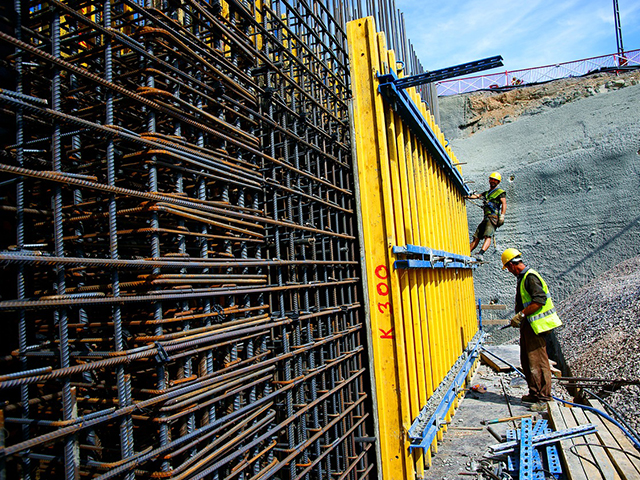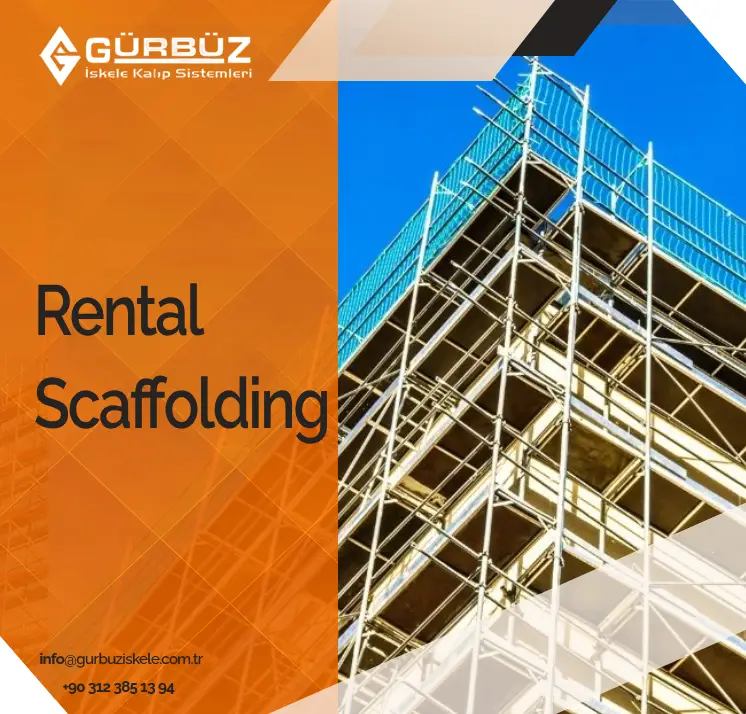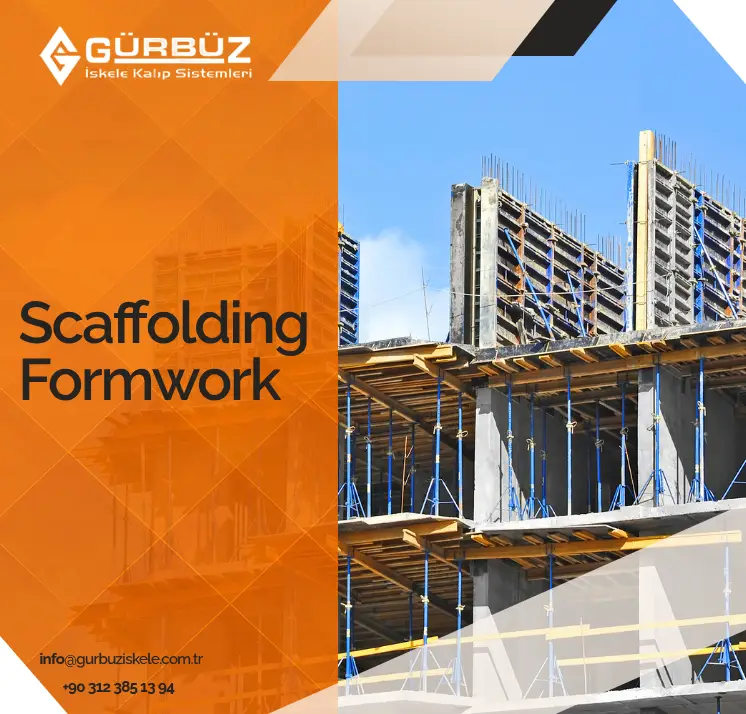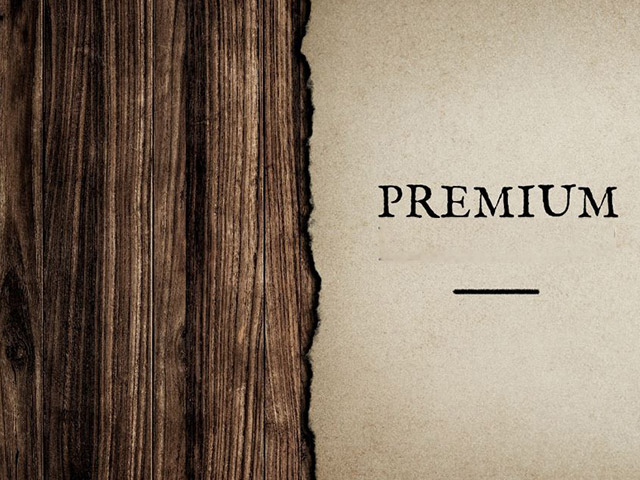Plywood prices there are several factors that influence. These variations depend significantly on the area of use and quality standards. These multi-layered panels, which have a wide range of applications, are used in many areas from interior furniture to exterior cladding. The type of wood used in production, thickness, and adhesive quality also affect the price range.
Plywood prices are shaped by the technical specifications of the material. Products are selected according to the specific needs of each project. Thick panels are used as mold materials in the construction industry. These thick panels differ in cost compared to thin-layered models. Additionally, there are obvious price differences between imported and locally manufactured products. During the purchasing process, material quality and long-term durability should be considered.
Second-Hand Plywood Prices
There are certain points that influence plywood prices. These vary depending on the areas of use and quality standards.
Second-hand plywood prices are one of the attractive options for those seeking budget-friendly solutions. These products are generally preferred in short-term projects or areas where aesthetics are not a primary concern. Due to their cost-effectiveness, they are frequently used by construction companies and workshops.
There are several points to consider when purchasing second-hand products. For example, the panel’s previous usage, exposure to external factors, and whether it has maintained its durability are determining factors in pricing. Therefore, it is important to consider these elements when choosing second-hand products.
Things to consider before using the panels:
It must be determined whether the panel will be used indoors or in concrete molds, and selected accordingly.
Although damage such as holes, cracks, or warping may reduce the price, it may negatively affect functionality.
Whether the panel is water-resistant is an important criterion. A panel that is not water-resistant poses a risk for reuse.
It should be checked whether the internal layers of the panel are separating. This directly affects durability.

Another factor that affects durability in second-hand products is the wood type. If the wood is a hardwood such as eucalyptus or birch, it may offer longer service life.
All these factors may create variability in the plywood price. However, with the right choices, cost savings can be achieved.
18 mm Plywood Price
When determining the 18 mm plywood price, properties such as thickness, production quality, and surface coating are taken into account. This thickness is frequently preferred in the construction sector, especially in plywood mold applications. It is one of the ideal solutions in terms of both durability and functionality. Common areas of use for 18 mm thick panels include load-bearing systems, wall claddings, and furniture production.
Advantages of using 18 mm thick plywood products include:
These panels have a multi-layered structure and are therefore reliable in carrying loads. This makes them suitable for use in both concrete molds and building frames.
Compared to thinner models, thicker panels are less affected by moisture, impact, or screwing processes. This allows for long-lasting use.
18 mm plywood products are highly flexible in terms of areas of use.
Their thickness helps maintain surface flatness, making them advantageous for coating or painting.
Water-resistant products are also ideal for outdoor applications.
In plywood supply, apart from thickness, the environmental conditions the panel will be exposed to should also be considered. The prices of these products are shaped not only by technical features but also by logistics and brand value.
Plastic Plywood Prices
Plastic plywood prices are evaluated on a different scale compared to traditional products. These panels have plastic coating on their outer surfaces and stand out with their water-resistant structures. These products are highly resistant to wear, chemicals, and weather conditions, making them advantageous for reuse, especially in the construction industry. Their frequent use in concrete molds also makes them high-performance building materials.
The biggest advantage of plastic-coated plywood products is their high durability and suitability for long-term use. In addition, by providing a smooth surface within plywood mold systems, they enhance construction quality. Their plastic surface structure poses a lower risk of deformation compared to wooden plywoods. Although natural elements like wood type are less significant in these products, the inner core structure still determines the level of quality.
In pricing, the product’s thickness, coating quality, and brand value are influential. Since these products have a longer lifespan, their initial investment cost may appear high. However, in the long run, they can become quite economical. When plywood price is evaluated in terms of durability and efficiency, surfaced alternatives are seen to deliver high performance.
For more detailed information on plywood products, their properties, and prices, you can contact Gürbüz İskele.
